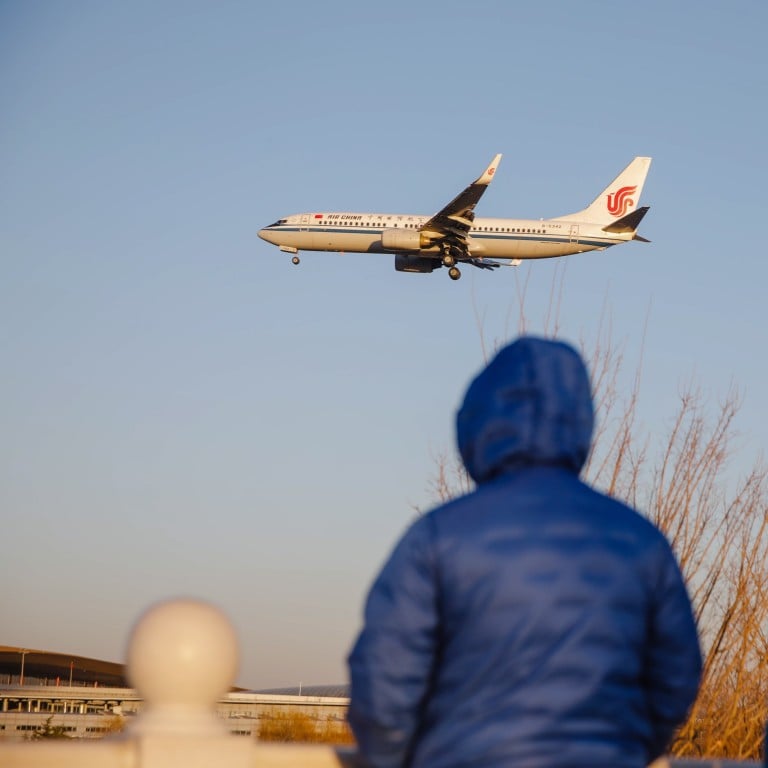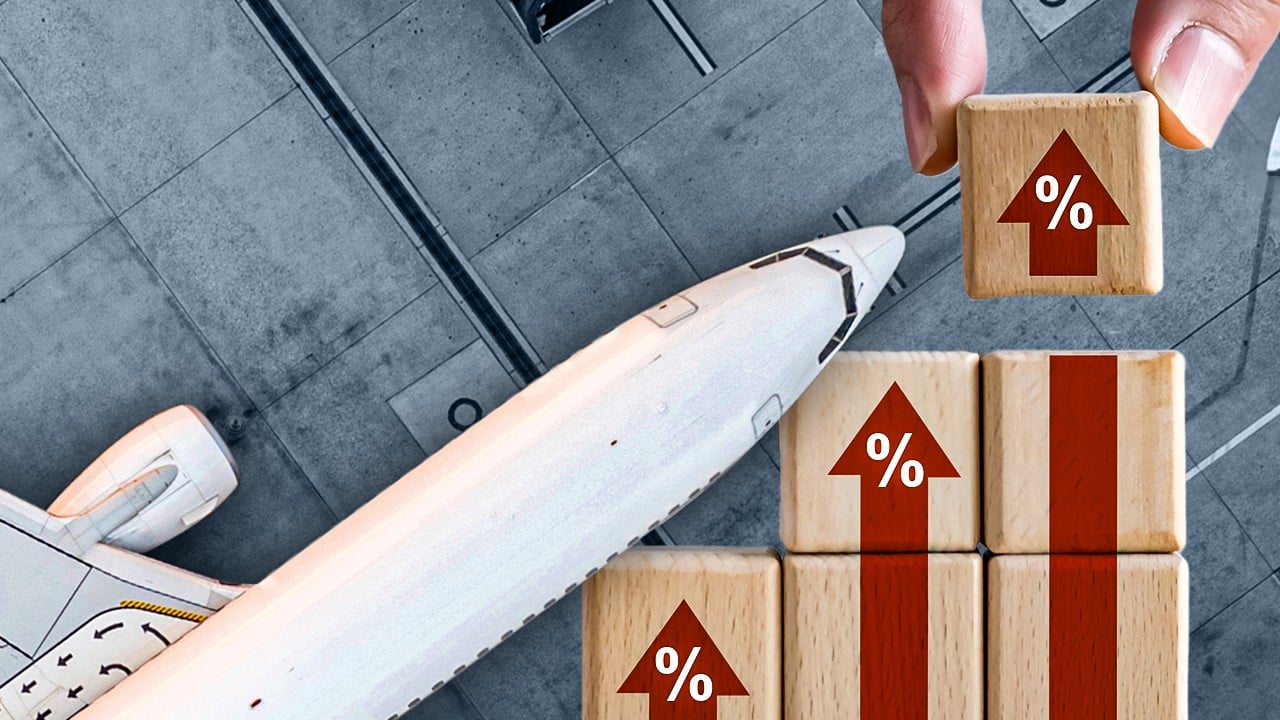
More direct China-US flights on the horizon, but return to 2019 traffic far more distant
- Direct flights between two countries set to increase in October, a fraction of pre-pandemic routings
- Both Chinese and US airlines will expand their schedules, but politics and structural demand shifts may blunt enthusiasm for total resumption
Shaffia Xiong’s trip to New York almost didn’t happen.
The 25-year-old Guangzhou-based businesswoman paid a consultant 3,000 yuan (US$410) for help getting a US work visa and buying a sky-high 20,000 yuan return ticket for a series of conferences – which, even at that astronomical price, required a 2.5-hour stopover in Seoul.
“There are a handful of choices [of airlines] and few flights,” Xiong said. “It’s not just the high cost. There is also the long waiting list for visas to travel to the US.”
Frequency of flights will increase in October, when US airlines expand their list of direct routes. But analysts expect no quick recovery to pre-pandemic numbers, pointing to strained China-US relations and uncertainty over long-term demand.
Local governments in China, including those in Harbin, Haikou and Fuzhou, have said they would offer subsidies to airlines that allocate runway space to direct international flights.
“However, it is important to note that this is still significantly less than the pre-Covid-19 period when there were more than 300 round trips per week,” said Herman Tse, valuations manager at Cirium Ascend consultancy.
Because of limited capacity, he said, airfares are expected to remain elevated in the coming months.
US-China flight increase good for tourism, but can it mend business ties?
According to Cirium data, 30 weekly scheduled flights depart from China to the US, and nine weekly flights reach Canada. This has not reached the maximum allowable number, Tse said.
“Providing the bilateral framework between the two countries supports a resumption or stepping up of services, I would expect to see airlines add back capacity,” said John Strickland, director of the London-based aviation advisory JLS Consulting. “That could be influenced by political sensitivities as much as by market demand.”
Flying out of Shanghai, the terminal still felt ghostly quiet
Ker Gibbs, former president of the American Chamber of Commerce in Shanghai, flew from San Francisco to the Chinese financial capital in August. He paid 30 per cent more than he would have before the pandemic, and a layover added five hours to his travel time.
“The direct flights were crazy expensive when I booked, so I flew via Taipei,” said Gibbs, now executive-in-residence at the University of San Francisco.
“The transfer was fine, but it added hours to the total flight time in each direction,” Gibbs said. “Flying out of Shanghai, the terminal still felt ghostly quiet.”
Asian airlines that transit in Seoul, Taipei and Tokyo have filled the vacuum left in the absence of direct China-US flights, Strickland said. But their capacity is limited.
It’s going to be a struggle to bring foreign tourists back to China
Delta Air Lines says it will resume China-US direct flights from October 29, when it launches 10 trips per week to Shanghai Pudong International Airport from hubs in Seattle and Detroit. Delta’s Los Angeles-Shanghai flights will resume in March, running four times per week.
“As demand continues to increase and the busy travel season to the Asia-Pacific region commences, the Delta team is ready to welcome even more travellers to the region this winter,” the airline’s Asia-Pacific vice-president, Jeff Moomaw, said in a statement.
United Airlines said in August that it would resume some US-China flights starting from October and November, particularly Beijing to San Francisco.
China’s “big three” airlines are running their own routes, with more direct charters planned in the coming months. Air China carries passengers to Beijing from both New York and Los Angeles, as well as a route to Shenzhen from the latter US city. China Eastern Airlines flies between Shanghai and New York, along with a round trip from Shanghai to Los Angeles. China Southern Airlines travels regularly from its hub in Guangzhou to New York and Los Angeles.
“This leaves less flexibility for US carriers in particular to add back capacity short term, and likely reluctance as long as profitability from these markets continues,” he said.
Xiong – the beleaguered traveller – works for an arm of the All-China Federation of Industry and Commerce, a quasi-governmental business advocacy group. She was prepared to wait six months or a year for a work visa for her seven-day trip in New York.
As China flights surpass pre-pandemic levels, tourists bode well for economy
“Maybe it’s because of our work unit,” Xiong said. “It might have been easier with a typical company, although it wasn’t like this before [the pandemic].”
China has also been encouraging its citizens to spend locally, which might put pressure on the recovery of international leisure travel, Tse said. He also posited ongoing tensions between China and the US have affected economic flows, which has had a downstream effect on business travel.
Even with subsidies from local governments to boost demand and economic activity, Tse said, Chinese airlines are thus likely to remain cautious about resuming international flights.
“It is unlikely that they would operate routes that result in financial losses.”



